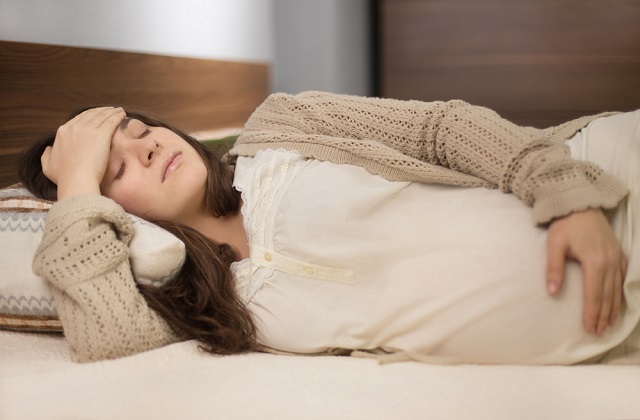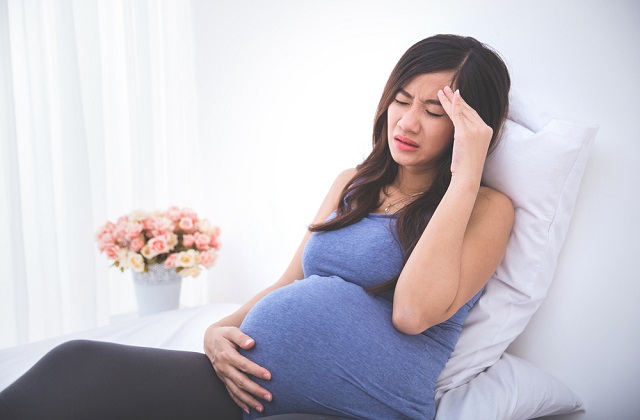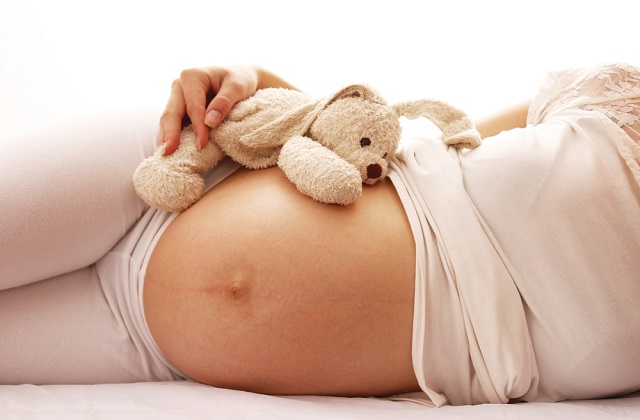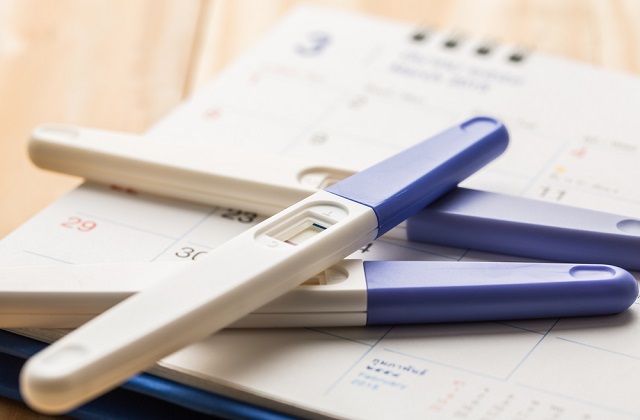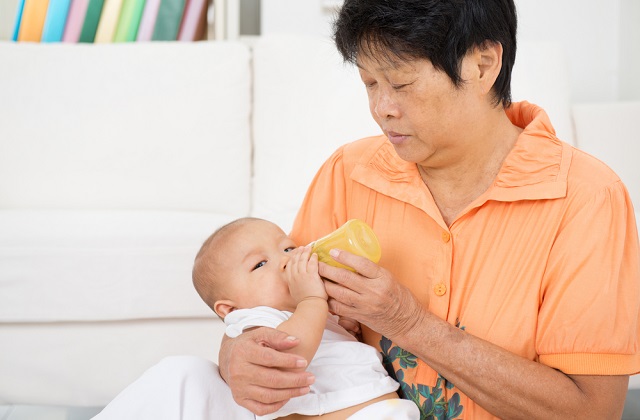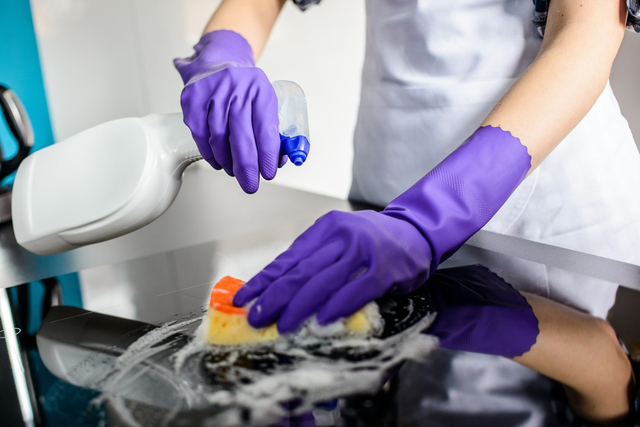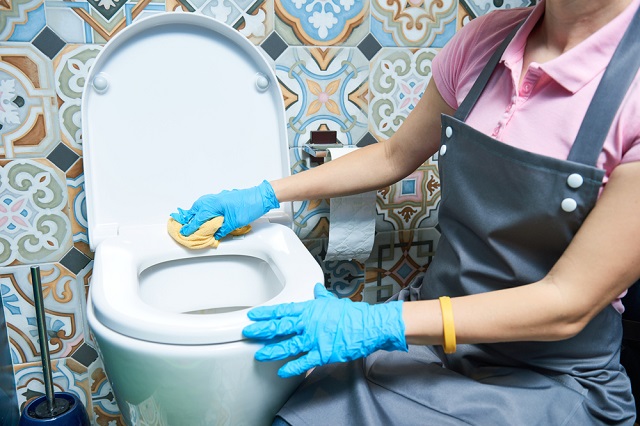Leg and Foot Cramp During Pregnancy
Leg and foot cramp is a sudden, sharp pain in your calf muscle or feet. It is common among pregnant women.
Cause of foot and leg cramp
Doctors and scientists are still not sure the exact cause of foot and leg cramp during pregnancy. Extra weight carried by the pregnant women during pregnancy is one of the possible causes. Weight gain from the growing baby places additional pressure on the nerves and blood vessels that go to the leg. This extra pressure can cause leg cramp. Other possible cause of leg and foot cramp includes swelling from fluid buildup which is known as edema – another discomfort that is common among pregnant women.
For most women, leg and foot cramp occurs in second and third trimester as the baby grows and it often occurs at night.
How to ease foot and leg cramp during pregnancy?
When you get a foot and leg cramp, immediately stretch your calf muscles by straightening your leg, heel first, and gently flexing your toes back toward your shins. At the beginning, you may feel more pain, but it will ease the spasm and the pain will gradually go away.
Furthermore, you can try to relax the cramp by massaging the muscle or warming it with a hot water bottle.
Walking around for a few minutes may help to ease the pain also.
How to prevent leg and foot cramp during pregnancy?
Gentle and regular exercises during pregnancy, particularly ankle and leg movement may help to prevent cramping. If possible, go for a walk every day during pregnancy unless advised by your gynecologist not to do so.
Stretching your calf muscles before you go to bed can help to prevent foot cramp. Correct steps to stretch your calf muscle: stand at one arm's length from a wall or anything you can hold firmly, place your hands on the wall in front of you and move your right foot behind your left foot. Make sure your right knee is straight and your right heel is on the floor, then Slowly bend your left leg forward. Keep this position for about 30 seconds. Make sure your back is straight and your hips forward. Do exercise precaution while you are carrying out this exercise and remember to ask your husband to assist you in the process if necessary. Switch legs and repeat the process.
Drinking enough water is another measure that can be taken to prevent leg and foot cramping. Keeping your muscle hydrated can help to prevent cramp. To know whether you have taken enough water, you just need to check the color of your urine. If your urine is darker yellow, it means you need to drink more water. The urine will be light yellow or clear in color if you have taken enough water.
Some researches have shown that magnesium may help to prevent leg cramps during pregnancy. Do consult your doctor before you take any magnesium supplement. If you want a more natural way to get magnesium, you can try magnesium rich food like beans, nuts and seeds and whole grains. These food is not only rich in magnesium, but is also beneficial for pregnant women and growing baby in other ways.
Other way to prevent foot and leg cramp during pregnancy include the following
- Do not stand or sit with your legs crossed for a prolonged period of time.
- Rotate your ankles and wiggle your toes whenever you sit down. This helps to exercise ankle and muscle and therefore help to prevent cramp.
- Lie down on your left side. This can help to improve circulation to and from your legs.
- Taking a warm bath before bed as this can help to relax your muscles and therefore prevent cramp.
- Choose shoes that are comfortable. High heel is definitely not suitable for pregnant women.
Taking calcium can help to prevent leg and foot cramp during pregnancy?
First, it is important to take calcium supplement during pregnancy as pregnant women will need extra calcium to support the bone development of the fetus.
However, at this point of time, there is no scientific evidence to confirm that taking calcium supplement can help to prevent leg cramp.
When to see doctor for more advice for foot and leg cramp?
If any of the following occur, you should seek doctor's help immediately.
- Foot and leg cramp occurs very often and all preventive measures do not work for you.
- The pain is constant and not just an occasional cramp.
- There is a swelling, redness, or tenderness in your leg.
- Your leg feels warm to the touch.
These may be signs of a blood clot, which requires immediate medical attention. Blood clots are relatively rare, but they're more common during pregnancy.
It takes a village to raise a child !
Join our Facebook Group For 2023 SG Mummies or Facebook Group For 2024 SG Mummies.

